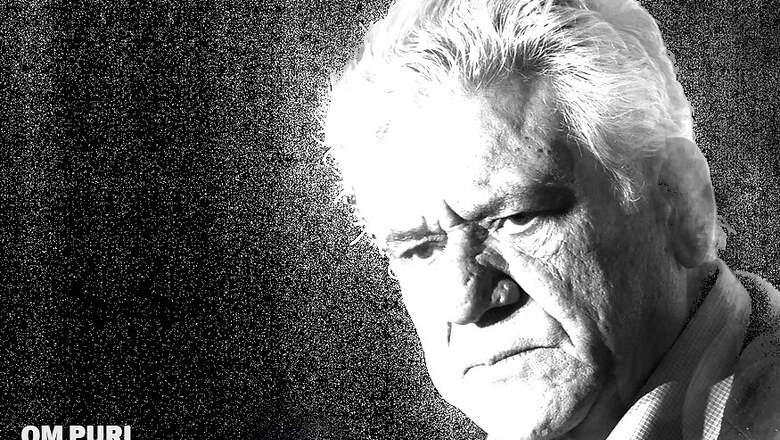
views
Veteran film director, cinematographer, screenwriter and producer Govind Nihalani, celebrated for depiction of real human angst in landmark ventures and critically acclaimed films - Aakrosh, Ardh Satya, Hazaar Chaurasi ki Maa Tamas - and more in Hindi cinema gave a direction to the new wave or parallel cinema in India.
The magic of his cinematic storytelling was in his ability to bring to life veracious characters drawn from diverse strata of society, traversing intense emotional trajectories.
He started his career as a cinematographer in 1962 and later decided to induct into direction and presented his debut film Aakrosh featuring many NSD graduates and Late Om Puri was one of them.
Remembering his dear friend and frequent collaborator at a discussion at the 19th edition of Bharat Rang Mahotsav, the international theatre festival, conducted by National School of Drama, he said, “Om Puri was like a wrist watch. A watch looks like craft and shows you the time but its mechanism is not seen or heard." Using the conceit, Nihalani lauded Puri for his impeccable art of effortlessly emoting the expression veraciously and intensely.
Praising Puri as an actor and revealing how emotional Om Puri was off screen, Nihalani referred to Om Puri's harrowing, blood-curdling scream from his 1980 film, 'Aakrosh' after his haunting silence throughout the movie as one of his outstanding shots. From playing a tribal with utter credibility in mentor Govind Nihalani's Aakrosh or a sub-inspector who floundered in a world of injustice in Ardh Satya, he aced every emotion the character was subjected to.
Talking about Puri's role in the controversial series Tamas which was deemed dangerous because it questioned violence and the communal politics during the partition, Nihalani said, "Om was very true to his profession and an ardent lover of language who would never try to mend dialogues and rendered just what was expected."
The controversy around Tamas was at its peak during the first few episodes when it was first aired on DD back in the 1980s and then the curiosity of television viewers, gripped by the drama, took over and it all subsided.




















Comments
0 comment